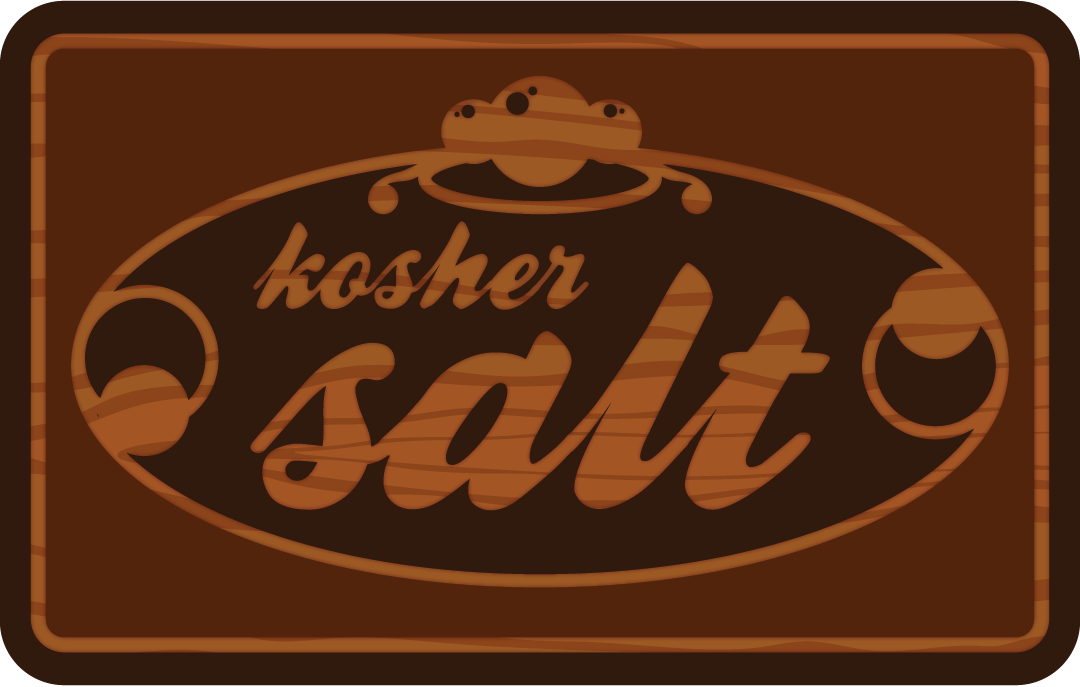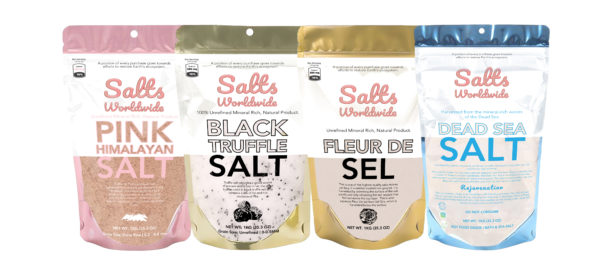There are two forms of salt: sea salt and table salt. Because chemically, there is no difference whatsoever between sea salts and table salt. The most common type of salt that we use is the salt that falls on the ground in mineral-enriched soil. Because of this, you cannot make any distinction between sea salt and table salt, and they are both NaCl (normal sea salt) that are added to our table salt for flavouring and as an ingredient for preserving.

The type of rock salt that we eat is also NaCl and is harvested from the same places as sea salt. They are both used to add flavour to food and for pickling. Kosher salt and fine sea salt are both NaCl, and they are harvested from different caves. So, the main differences are basically just from where the salt was mined. As for why it’s not called sea salt…well, that’s a whole other story!
Salt crystals have unique chemical properties that have nothing to do with the quality of the salt, but that doesn’t matter because their color, texture and overall flavor make them unique. Most salt is made by grinding rock salt, but the crystals create a unique texture that you can’t reproduce with any other salt. This is why salt has such a varied and wonderful flavor, where the crystallization itself creates a new flavor altogether.
There is a huge variety of kosher salt vs sea salt out there, and each one will have its own unique style. To begin with, let’s look at the differences between kosher salt and sea salt. Sea salt is harvested from the seas around the world and has a much larger variety of minerals in it than kosher salt does. When you purchase kosher salt, it will come in a couple different varieties, which include rock salt and table salt. Rock salt tends to have a more salty taste to it, whereas table salt tends to be more neutral and has a very pleasant, smooth flavor to it.
Now, let’s take a look at the two most popular varieties of coarse salt, which are sea salt and brine salt. Sea salt tends to be harvested from the ocean, whereas brine salts are obtained by boiling water and straining out the solids left behind in the ocean. When it comes to the minerals in sea salt and brine salts, the trend is towards the more heavy duty varieties. Sea salt has a higher concentration of magnesium and calcium, which makes it great for adding flavors to your seafood and cooking in general.
As far as the benefits of kosher salt goes, they’re numerous! No matter how you use it, sea salt tends to bring out the flavor of the seafood and meats that you’re cooking. Many chefs make their own brine salts to use in their recipes and sea salt mixed with kosher salt is ideal for seasoning baked fish and preparing sauces from fish. kosher salt works wonders when it comes to soups as it helps bring out the natural flavor of vegetables, such as onions. It also brings out the natural flavor of fruits, such as melons.
So which salt should you use for pickling? It all depends on what type of flavor you’re trying to achieve. Kosher salt has a lower amount of additives than table salt, which is great if you’re looking for that salty pickle-like flavor. If you’re planning on pickling meat, kosher salt tends to have a higher concentration of potassium and sodium, which will help the meat retains its natural flavor. However, it’s important not to over-salt your pickles. Too much salt will make them soggy, and it can ruin the freshness of pickles.
Brine salt isn’t as widely available as kosher salt, which is good news if you’re trying to get all the health benefits of salt. Brine salts aren’t mined from salt mines, so no chemicals are added. They do have their own problems, though. Some brine salts contain heavy metals, such as lead, that could be harmful to your health if swallowed. Also, some brine salts lose most of their salt content when they sit on the shelf for a long time.


